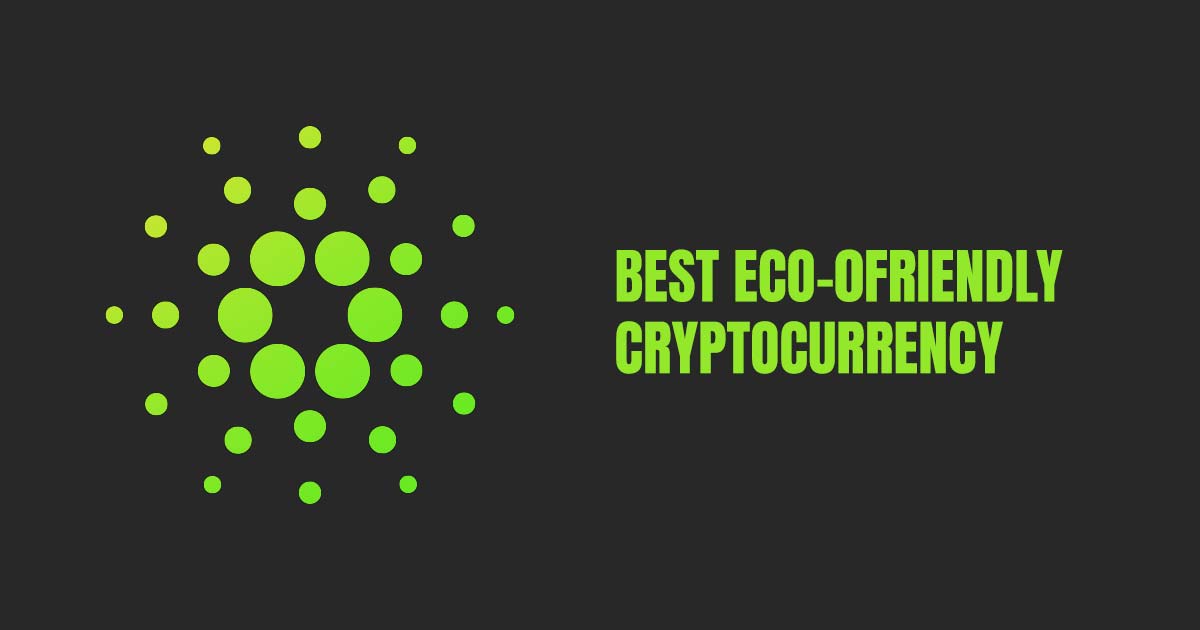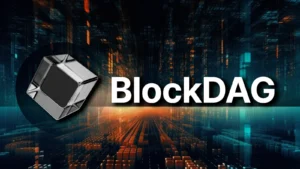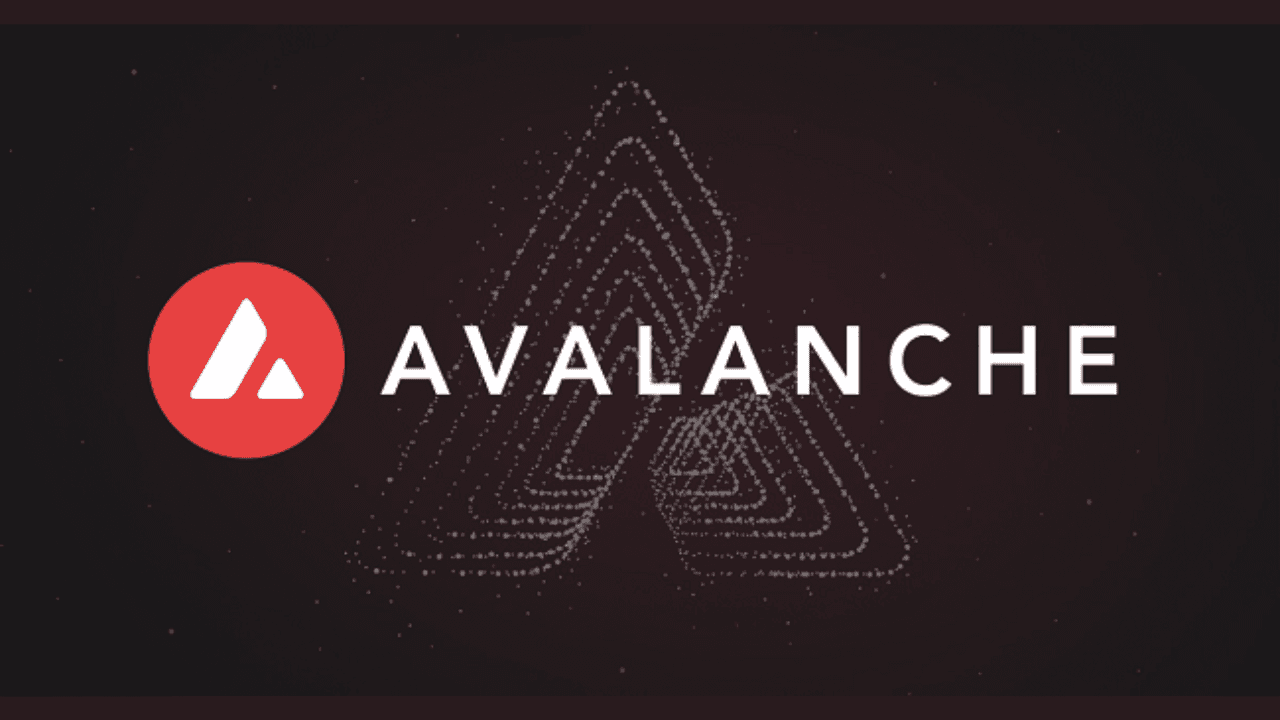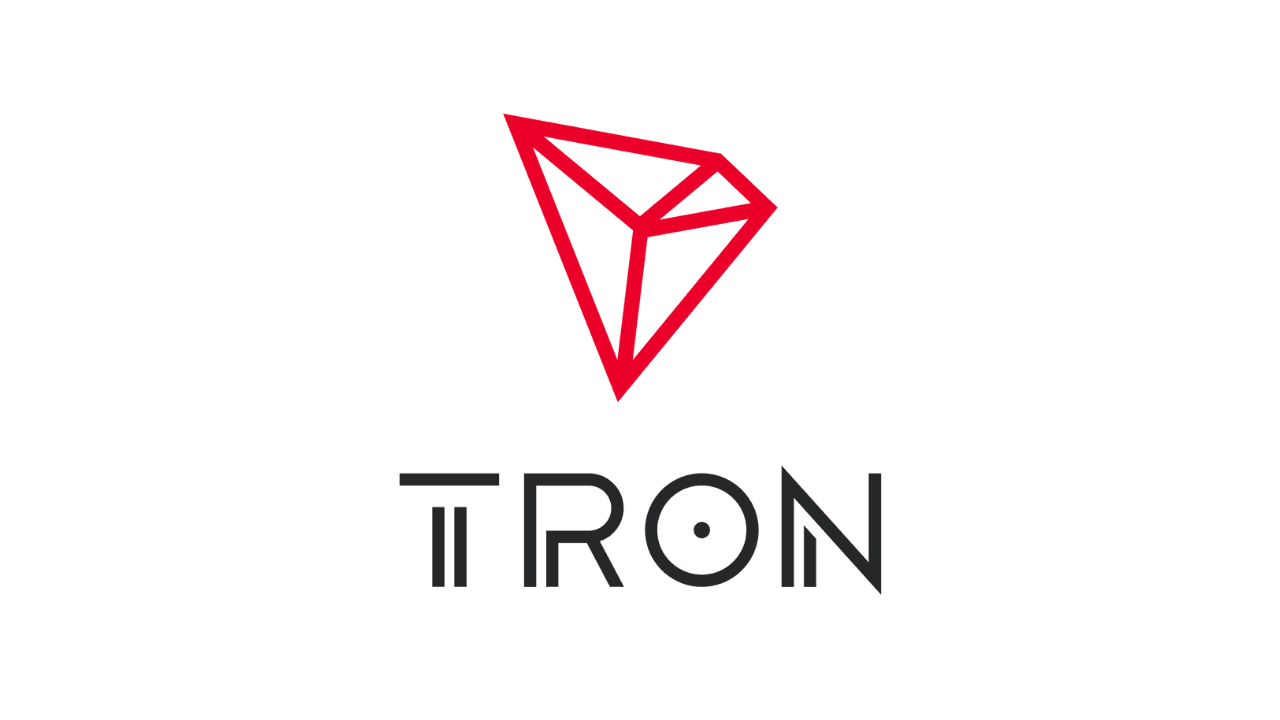Amid the inflating popularity of cryptocurrencies in recent years, several environmental concerns have also surfaced regarding these assets, and they are nothing to scoff at. Major crypto coins like Bitcoin and Ethereum utilize a consensus mechanism (Proof-of-Work) powered by mining, which is energy-intensive, uses non-renewable energy sources and integrates a high carbon footprint. To be clearer about its severity, note that one Bitcoin transaction consumes an average of 1,173 kWh of electricity, which is enough to power a standard US household for six weeks, according to a MoneySuperMarket report. Further, as per ycharts data, the Bitcoin network processes a whopping 267,000+ energy-exhaustive transactions in a single day.
Considering the detrimental effects of these high-energy crypto projects, a broad spectrum of corporations, companies, and investors are turning towards eco-friendly cryptocurrencies with low energy and no hardware requirements. If you also want to become part of the crypto go-green trend, here is a list of some of the most sustainable digital coins.
Table of Contents
Toggle10 Best Eco-Friendly Cryptocurrencies
1. Cardano (ADA)

Developed by the Ethereum co-founder Charles Hoskinson, Cardano is one of the top-listed cryptocurrencies according to market capitalization. It is a highly scalable and sustainable open-source blockchain platform with smart-contracts functionality. Cardano is significantly popular as an “eco-friendly crypto” due to its Proof-of-Stake consensus protocol (Ouroboros), which is thousands of times more energy-efficient than Bitcoin. According to some estimates, the Cardano network consumes only 6 GWh of energy compared to Bitcoin’s consumption rate of 127 TWh per year, which is more than the annual energy demand of countries like Norway and Ukraine.
2. Algorand (ALGO)
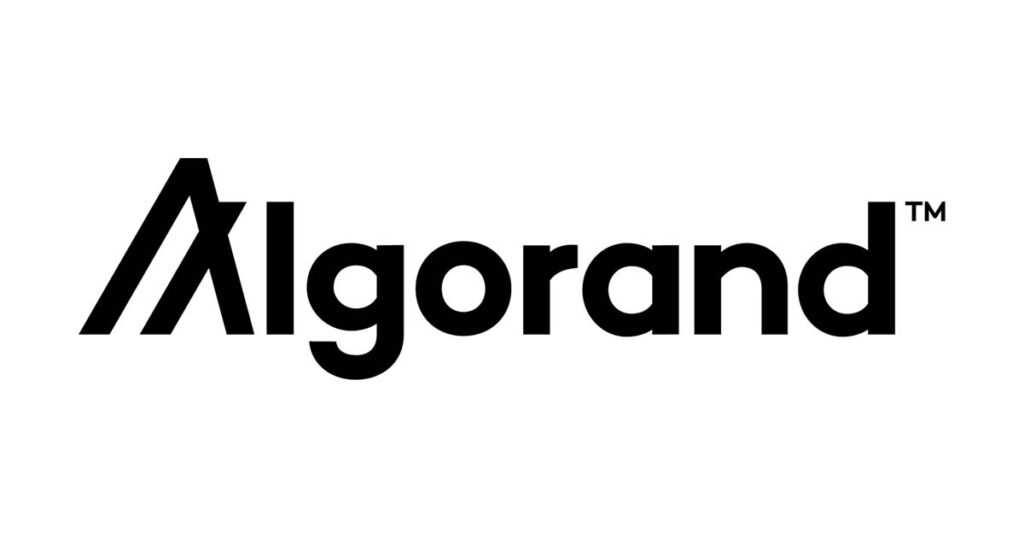
Algorand is an efficient decentralized blockchain network that supports smart contracts and dApps. Its mainnet was launched in 2019 with the purpose of establishing a low-cost, scalable, and zero-carbon ecosystem. The Algorand platform is powered by a unique Pure Proof-of-Stake consensus mechanism that requires no mining or high-energy operations to validate transactions.
Note that as a leading participant of the go-green movement, Algorand announced its blockchain’s complete carbon neutrality last year in collaboration with ClimateTrade.
3. Nano (XNO)

Known as one of the best eco-friendly cryptocurrencies, Nano is a fast and lightweight blockchain-based system designed for affordable and instant payments. Although technically, Nano relies on the Proof-of-Work mechanism, it implements a unique block-lattice technology and Open Representative Voting (ORV) protocol to maintain an energy-efficient system. For example, the network transactions can easily be processed on regular computers instead of needing any energy-exhaustive machinery due to very low power requirements. It is estimated that a single Nano transaction consumes as low as 0.111Wh.
4. Hedera Hashgraph (HBAR)

Hedera Hashgraph is a sustainable, decentralized, and high-speed public network that supports a number of dApps and online payment applications, upholding a DeFi ecosystem. Instead of being a conventional “block” chain, Hedera is more of a “mesh” or “Hashgraph” based on a distinct Directed Acyclic Graph (DAG) technology responsible for its blazingly fast transactions. Moreover, the utilization of energy-efficient “Proof-of-Stake” consensus makes Hedera one of the most environment-friendly and scalable networks.
According to PowerTransition, a digital energy platform, Hedera Hashgraph is 250,000 times more power-efficient than Bitcoin, with an energy usage of just 0.001 kWh per transaction.
5. Stellar (XLM)
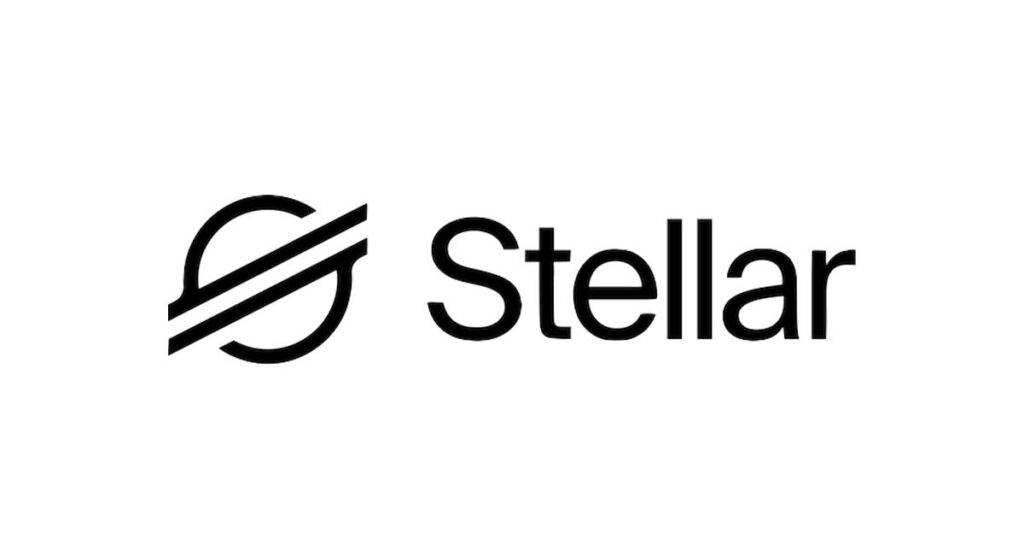
Stellar is an open-source blockchain platform established to instate a payment network linking the global financial organizations, payment providers, and digital currencies. Lumen, the native token of the Stellar network, serves as an intermediary to facilitate the payments with the highest efficiency, reduced costs, and low carbon footprint on this blockchain. Moreover, Stellar makes use of an optimal consensus algorithm, known as the federated Byzantine agreement protocol, which keeps energy usage to the lowest levels compared to traditional mining.
6. SolarCoin (SLR)

SolarCoin is a unique eco-friendly cryptocurrency that is established to expand solar energy adoption worldwide. Simply said, the decentralized SolarCoin network aims to incentivize solar power, a renewable, cheap, and carbon-neutral energy source. The key feature of this platform is that every single SolarCoin is minted for one MWh of energy generated from solar technology. The network efficiently verifies the energy production claims by asking the participants to upload relevant documents.
7. Holochain (HOT)

Holo is an open-source, peer-to-peer network for sustaining Holochain apps (hApps) that are unique decentralized applications non-reliant on blockchain technology. Holo acts as a connecting channel between the traditional internet, fully decentralized platforms, and hApps, extending an ecosystem of easily accessible dApps.
Interestingly, this platform does not implement regular consensus protocols like PoW or Pow; instead, it uses a quasi-centralized approach integrating a mixture of peer validation, cryptographic signatures, and gossip. Holochain achieves all this through a standard browser, so Holo Hosts are not required to operate any heavy machinery or install separate software. Naturally, it means that Holochain is an energy-efficient system that utilizes a meager amount of energy for transactions and HOT tokens generation.
8. MetaHash (MHC)

MetaHash is a decentralized blockchain built for supporting fast-working dApps and the exchange of digital currencies. The platform is powered by a unique multi-layered Proof-of-Stake system that is significantly ecological and boosts the blockchain’s security. Also, as this mechanism deals side-by-side with block validation and distribution, it offers high-speed network transactions, reduces consensus duration, and consumes less energy.
9. Solana (SOL)
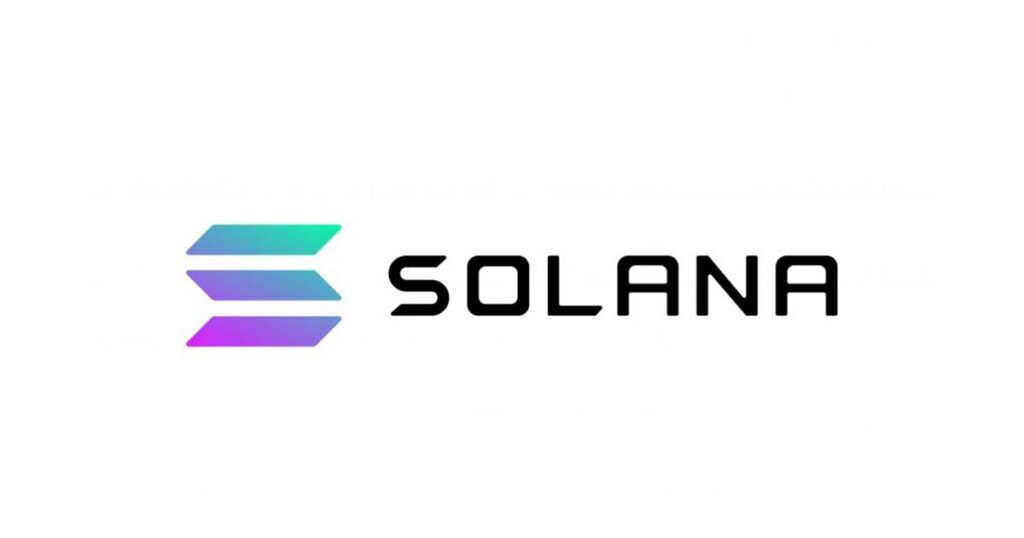
Solana (SOL) is one of the most popular and widely-traded cryptocurrencies, ranked among the top 10 digital coins by market cap. It is a scalable and permissionless blockchain network that extends a DeFi and smart-contracts ecosystem.
Solana is considered to be an energy-efficient project as it utilizes a hybrid consensus protocol that combines a Proof-of-History with the Proof-of-Stake mechanism. Due to this motley protocol, Solana maintains fast processing and validation times with significantly low transaction costs.
10. Flow (FLOW)

Flow is a developers-friendly platform established to support advanced next-generation games, NFTs, and applications. Introduced by CryptoKitties and Dapper Wallet developers, it is a scalable and fast blockchain integrating a native token with the same name (FLOW).
The network utilizes an innovative and energy-efficient HotStuff consensus algorithm that involves a multi-layer structure fast enough to accommodate billions of users without compromising the integrity of consensus. To sum up, at Flow, multiple participants and smart contracts interconnect in one ACID transaction, perpetuating a smooth flow of products and services.

